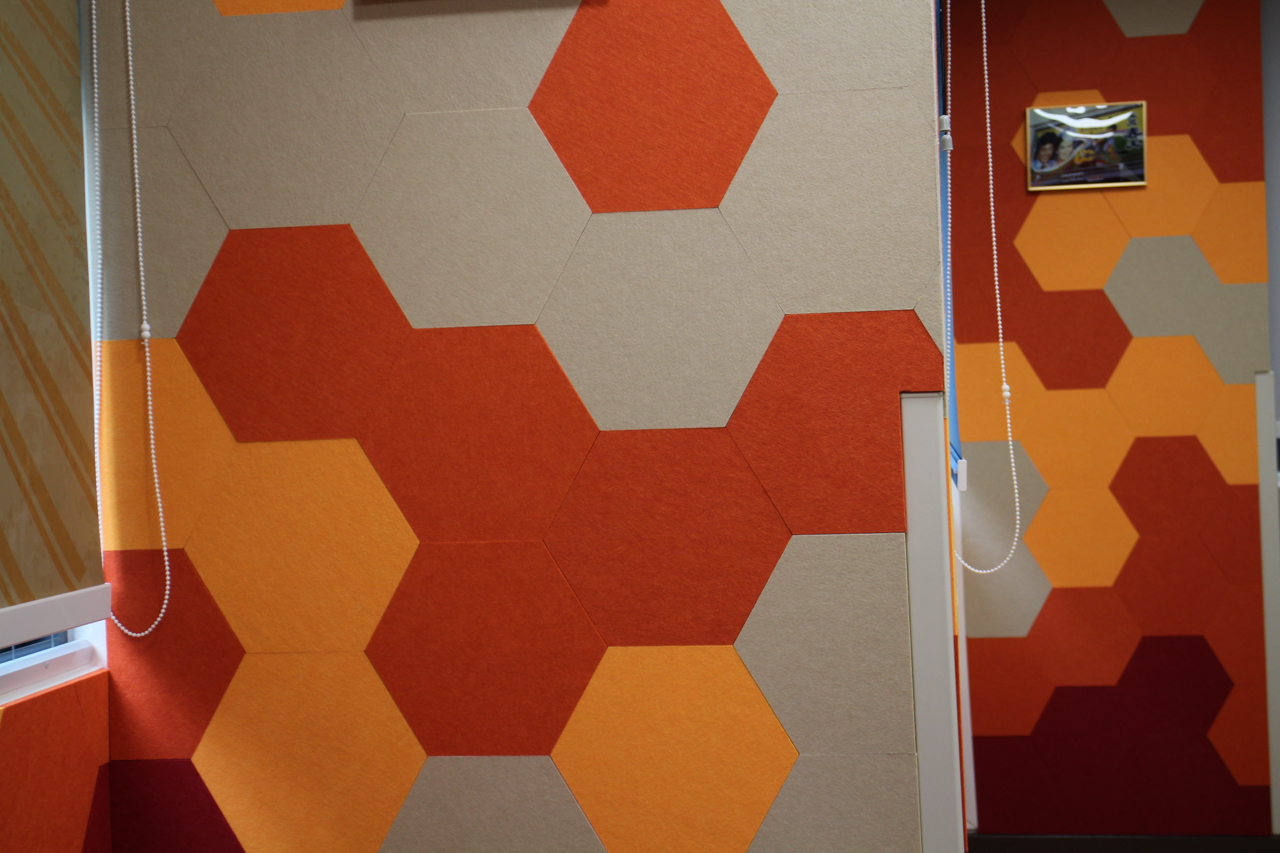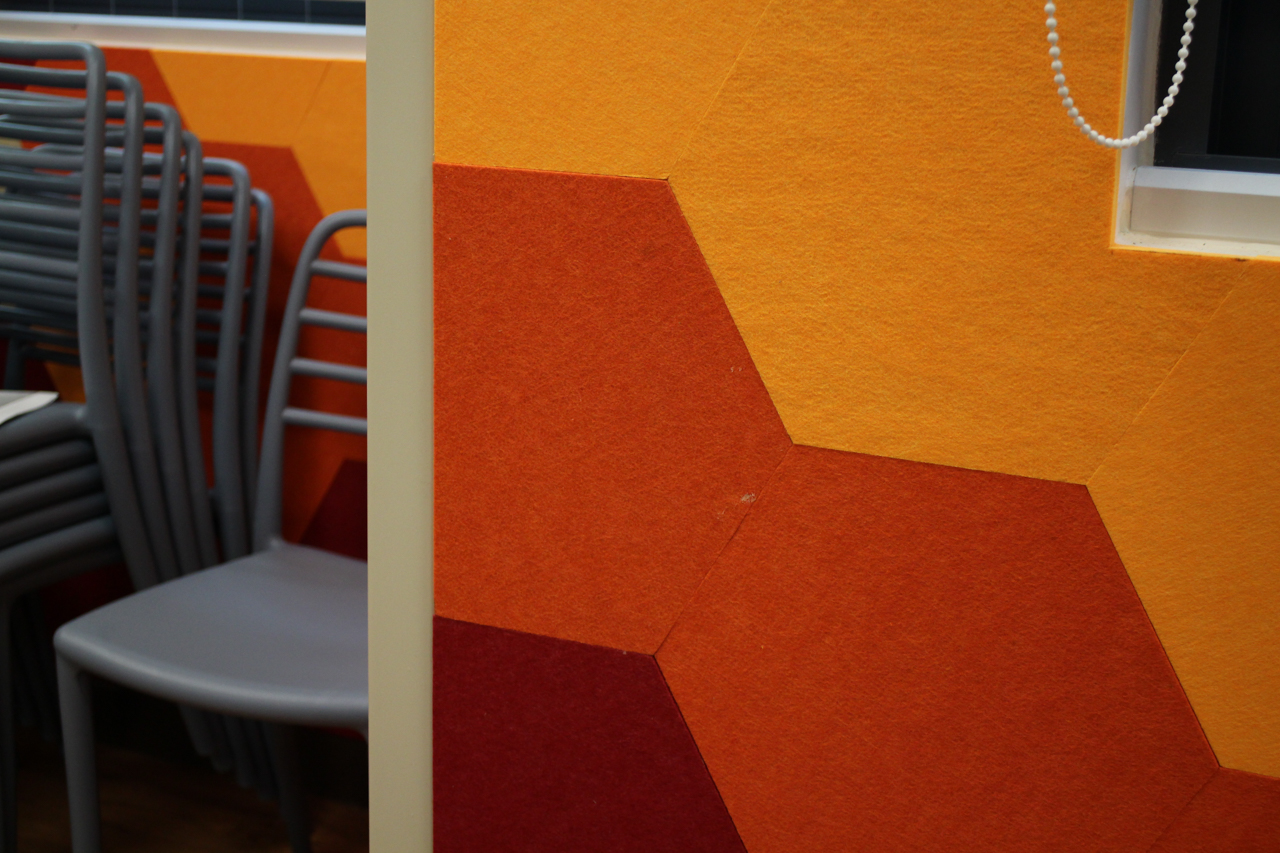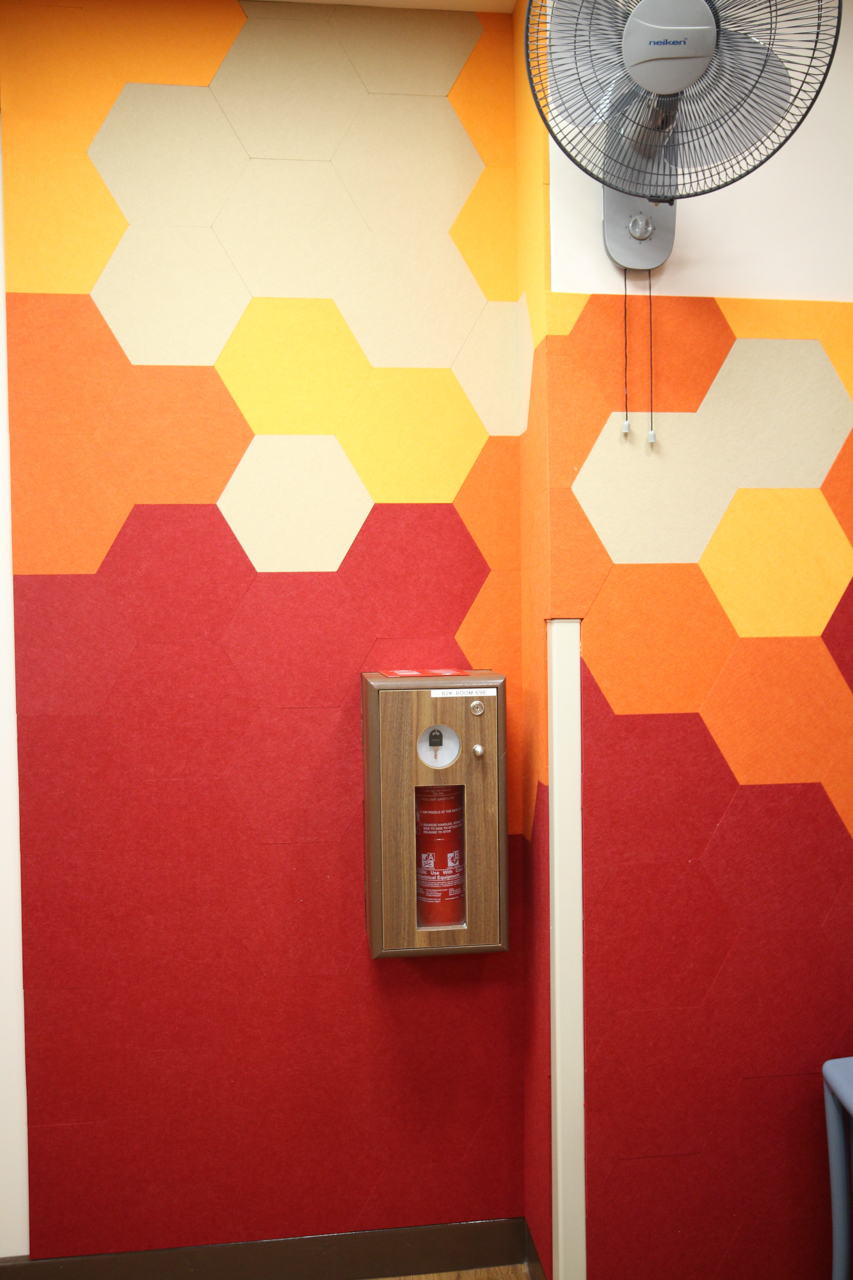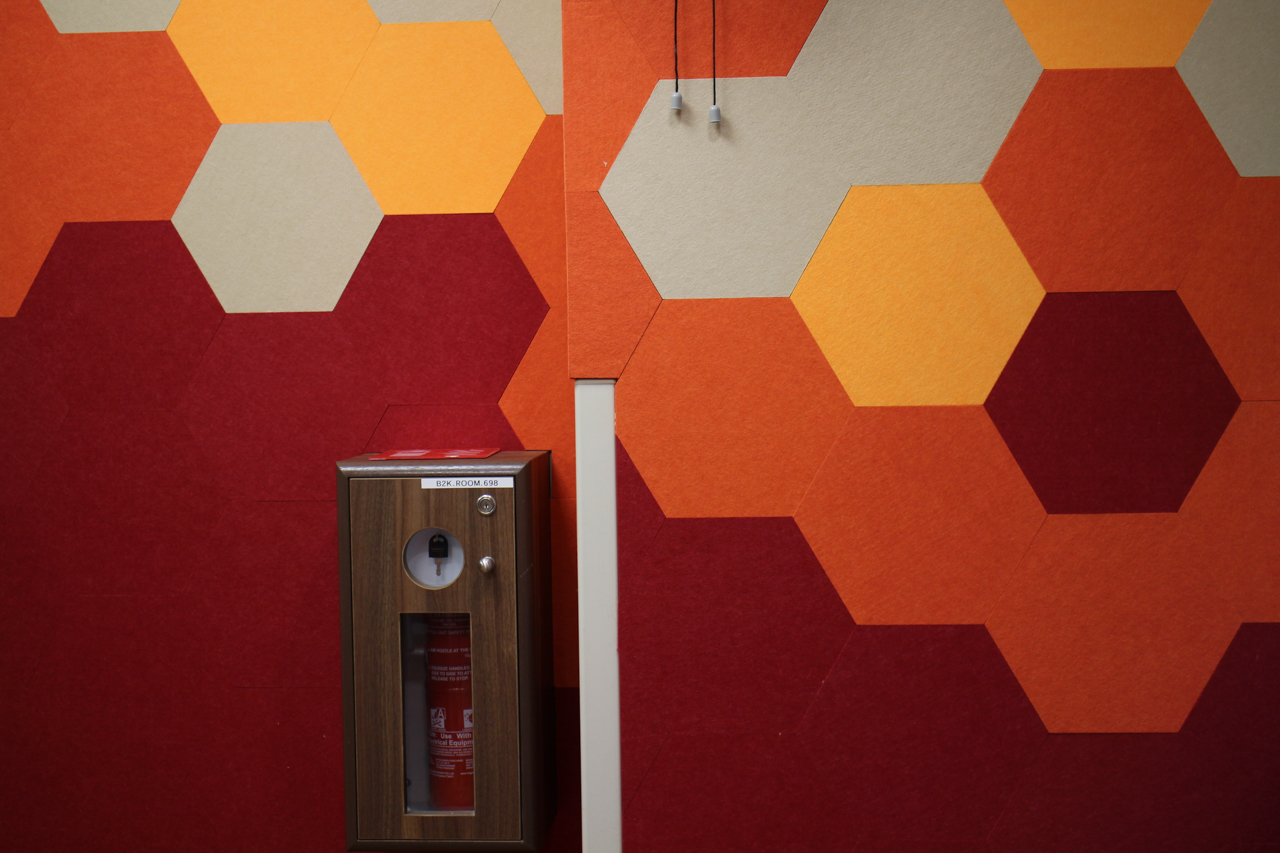Responsible Acoustic Design with High Recycled Content Materials

Responsible Acoustic Design with High Recycled Content Materials
As sustainability standards tighten across the built environment, acoustic materials are facing increased scrutiny—not only for performance but also for environmental impact. Today, responsible acoustic design means selecting panels and baffles that combine sound absorption with meaningful recycled content. From PET fiber to upcycled wood wool, high-performance acoustic systems are proving that sustainability and acoustic control can—and should—coexist.

Why Recycled Content Matters in Acoustic Materials
The Shift from Virgin to Post-Consumer Inputs
Acoustic panels made from virgin raw materials often contribute to environmental degradation and higher embodied carbon. In contrast, recycled-content panels use inputs like post-consumer plastics or reprocessed textile fibers, drastically reducing extraction impacts. For example, PET acoustic boards often contain up to 75% recycled plastic bottles, transforming waste into functional sound control systems.
Sustainability Mandates in Design Specifications
With LEED, WELL, and BCA Green Mark prioritizing life-cycle impact and resource efficiency, recycled content is becoming a baseline expectation. Many acoustic material suppliers now publish third-party Environmental Product Declarations (EPDs) that list recycled ratios. Architects and specifiers increasingly filter selections based on these disclosures, aligning material sourcing with project-wide environmental goals.

Testing Acoustic Performance Without Compromise
Performance Benchmarks for Sustainable Materials
High recycled content doesn’t mean lower acoustic efficacy. Panels made from upcycled PET, cellulose, or wood wool can still reach Noise Reduction Coefficient (NRC) values of 0.75 and above. Manufacturers now combine natural and recycled materials using advanced pressing or binding technologies that maintain sound absorption performance in a wide range of frequencies.
Independent Testing and Certification
To ensure credibility, most acoustic panels with recycled content are tested to ISO 354 for sound absorption and EN 13501-1 for fire safety. Leading products also meet GREENGUARD or SGBP certification standards, confirming low VOC emissions. This third-party validation supports safer, cleaner interiors while meeting submission requirements for schools, offices, and public venues.

Life-Cycle Thinking in Acoustic Panel Design
Cradle-to-Cradle and End-of-Life Considerations
Responsible acoustic systems are now designed with the end in mind. PET panels, for instance, can be reprocessed at the end of their life into new panel stock or insulation. Some suppliers offer closed-loop take-back programs, allowing used materials to be reintegrated into production lines—minimizing landfill waste and maximizing material utility.
Circular Design for Adaptive Reuse
Acoustic panels with modular formats or mechanical fixing systems are easier to dismantle, relocate, or recycle. Unlike adhesives that limit reusability, click-in systems and lightweight frames allow panels to adapt to future layouts. This flexibility extends product lifespan, reduces resource use, and aligns with LEED v4.1’s goals for material reuse and waste reduction.
Transparency and Material Health
Red List Free and Ingredient Declarations
Recycled content alone doesn’t guarantee safety. That’s why responsible manufacturers also disclose full chemical makeup through Declare labels, Red List Free status, or HPDs (Health Product Declarations). These documents reveal whether recycled components contain harmful substances such as flame retardants or VOC-emitting binders—information increasingly demanded by specifiers.
Data Integration for Submission Readiness
With BIM integration and cloud-based documentation, specifiers can now access real-time data on recycled content, emissions, and fire ratings. Linking acoustic panel specifications directly into BIM files streamlines LEED and WELL documentation. AI-powered platforms also alert teams to compliance gaps early, reducing submission delays and ensuring clean, certifiable records.

Recycled and Responsible—The Future of Acoustic Design
As climate goals tighten and project certifications become more rigorous, the future of acoustic design lies in transparency and circularity. Panels must do more than absorb sound—they must tell a story of reduced impact, healthier materials, and lifecycle accountability. Choosing products with verified recycled content and clear documentation is no longer a bonus; it’s the baseline.
By embedding recycled content, modularity, and health declarations into acoustic systems, design teams can meet both environmental and regulatory expectations. It’s not just about echo control anymore—it’s about responsible performance from cradle to reuse.
References
U.S. Green Building Council. (2023). LEED v4.1 Building Design and Construction.
International WELL Building Institute. (2023). WELL v2 Building Standard.
ISO. (2022). ISO 354: Acoustics – Measurement of sound absorption in a reverberation room.
Singapore Green Building Council. (2023). SGBP Product Certification Criteria.
Living Future Institute. (2023). Declare – The Ingredients Label for Building Products.
Acoustical Society of America. (2021). Performance of Sustainable Acoustic Materials.
Green Building Advisor. (2022). How to Specify Recycled Content in Building Materials.
HPDC. (2023). Health Product Declaration Collaborative.
BuildingGreen. (2023). Circular Economy in Interior Finishes.
Autodesk Knowledge Network. (2023). Integrating Material Transparency into BIM Workflows.
Share